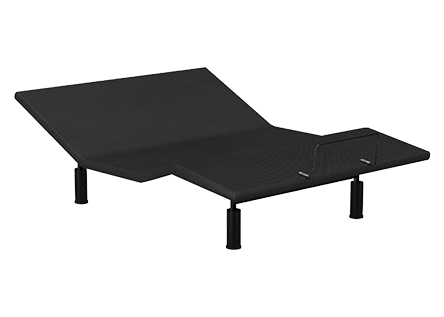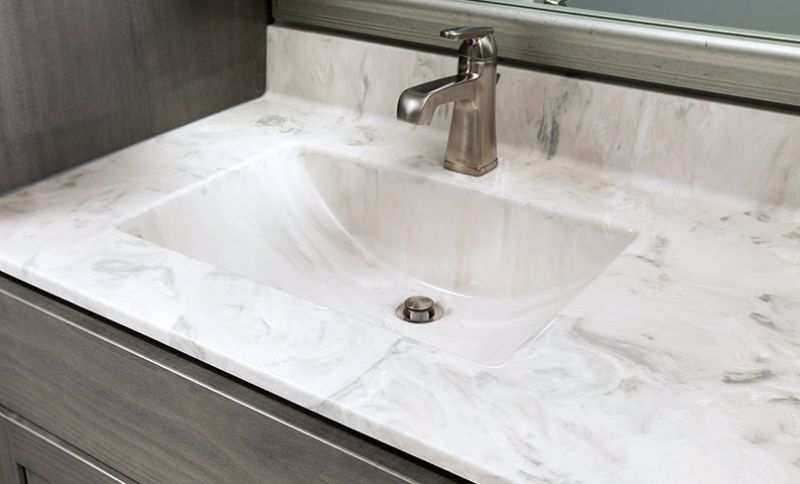Balance
Balance is a fundamental principle in interior design that refers to the distribution and arrangement of elements in a room. It involves creating visual equilibrium and harmony by placing objects of equal visual weight on either side of a central point. Achieving balance in a living room is crucial because it helps create a sense of stability and prevents the space from feeling cluttered or heavy.
There are two types of balance - symmetrical and asymmetrical. Symmetrical balance is achieved by mirroring elements on either side of a central axis, while asymmetrical balance involves creating visual balance through the use of different elements that have equal visual weight.
When designing a living room, it is important to consider both types of balance to create a cohesive and visually appealing space.
Harmony
Harmony in interior design refers to the overall cohesion and sense of unity in a room. It involves creating a sense of flow and consistency by using similar colors, patterns, and textures throughout the space. Creating harmony in a living room is important because it helps create a peaceful and inviting atmosphere.
To achieve harmony, it is important to choose a color scheme and stick to it. Use complementary colors, patterns, and textures to tie the room together. It is also important to consider the scale and proportion of furniture and decor to ensure they work well together and create a harmonious look.
Proportion
Proportion is the relationship between different elements in a room, such as the size of furniture, decor, and architectural features. It is important to maintain proper proportions in a living room to create a balanced and visually appealing space. An oversized piece of furniture in a small room can make the space feel cramped, while too many small pieces of furniture can make the room feel cluttered.
To achieve proper proportion, it is essential to consider the size of the room and the size of the furniture and decor pieces. It is also important to consider the scale of architectural features, such as windows and doors, and how they will affect the overall proportion of the room.
Scale
Scale is closely related to proportion and refers to the size of objects in relation to the space they occupy. It is important to consider scale when choosing furniture and decor for a living room to ensure they are the right size for the space. A large sofa in a small room can make the space feel cramped, while a small coffee table in a large room can look out of place.
When choosing furniture, it is important to measure the space and consider the scale of the room. It is also important to consider the scale of other objects in the room, such as rugs and artwork, to ensure they work well together and create a cohesive look.
Rhythm
Rhythm refers to the repetition of elements in a room, such as colors, patterns, and textures. It is important to create a sense of rhythm in a living room to create visual interest and movement. Without rhythm, a room can feel dull and uninteresting.
To create rhythm in a living room, choose a color scheme and repeat it throughout the space. Use similar patterns and textures in different areas of the room to create a cohesive look. It is also important to consider the placement of furniture and decor to create a sense of flow and movement in the room.
Emphasis
Emphasis is the focal point or main attraction in a room. In interior design, it refers to the element or area that draws the most attention. In a living room, the focal point could be a fireplace, a piece of artwork, or a statement piece of furniture.
To create emphasis in a living room, it is important to choose a focal point and make it the center of attention. Use lighting, color, and placement to draw attention to the focal point and make it stand out in the room.
Contrast
Contrast refers to the difference between elements in a room. It can be achieved through the use of color, texture, and shape. It is important to create contrast in a living room to add visual interest and prevent the space from appearing too dull or monotonous.
To create contrast, use colors that are opposite on the color wheel, such as black and white, or mix textures and patterns to create visual interest. It is also important to consider the scale and proportion of elements to create a balanced contrast in the room.
Unity
Unity is the overall sense of cohesion and harmony in a room. It involves bringing together different elements to create a cohesive and visually appealing space. In a living room, unity can be achieved through the use of a consistent color scheme, similar patterns and textures, and cohesive furniture and decor.
To create unity in a living room, choose a color scheme and stick to it throughout the space. Use similar patterns and textures to tie the room together, and make sure the furniture and decor work well together to create a cohesive look.
Focal Point
A focal point is the main attraction or center of attention in a room. In a living room, the focal point could be a fireplace, a piece of artwork, or a statement piece of furniture. It is important to have a focal point in a living room to create visual interest and add depth to the space.
To create a focal point, choose a statement piece or area in the room and make it the center of attention. Use lighting, color, and placement to draw attention to the focal point and make it stand out in the room.
Functionality
Functionality is an essential principle in interior design, especially in a living room. It refers to the practical use of a space and how well it serves its purpose. It is important to consider functionality when designing a living room to ensure it is not only visually appealing but also practical and comfortable.
When designing a living room, consider how the space will be used and choose furniture and decor that will serve its purpose well. It is also important to leave enough space for movement and make sure the layout of the room is practical and functional for everyday use.
Creating a Functional and Stylish Living Room Design

Utilizing Space Efficiently
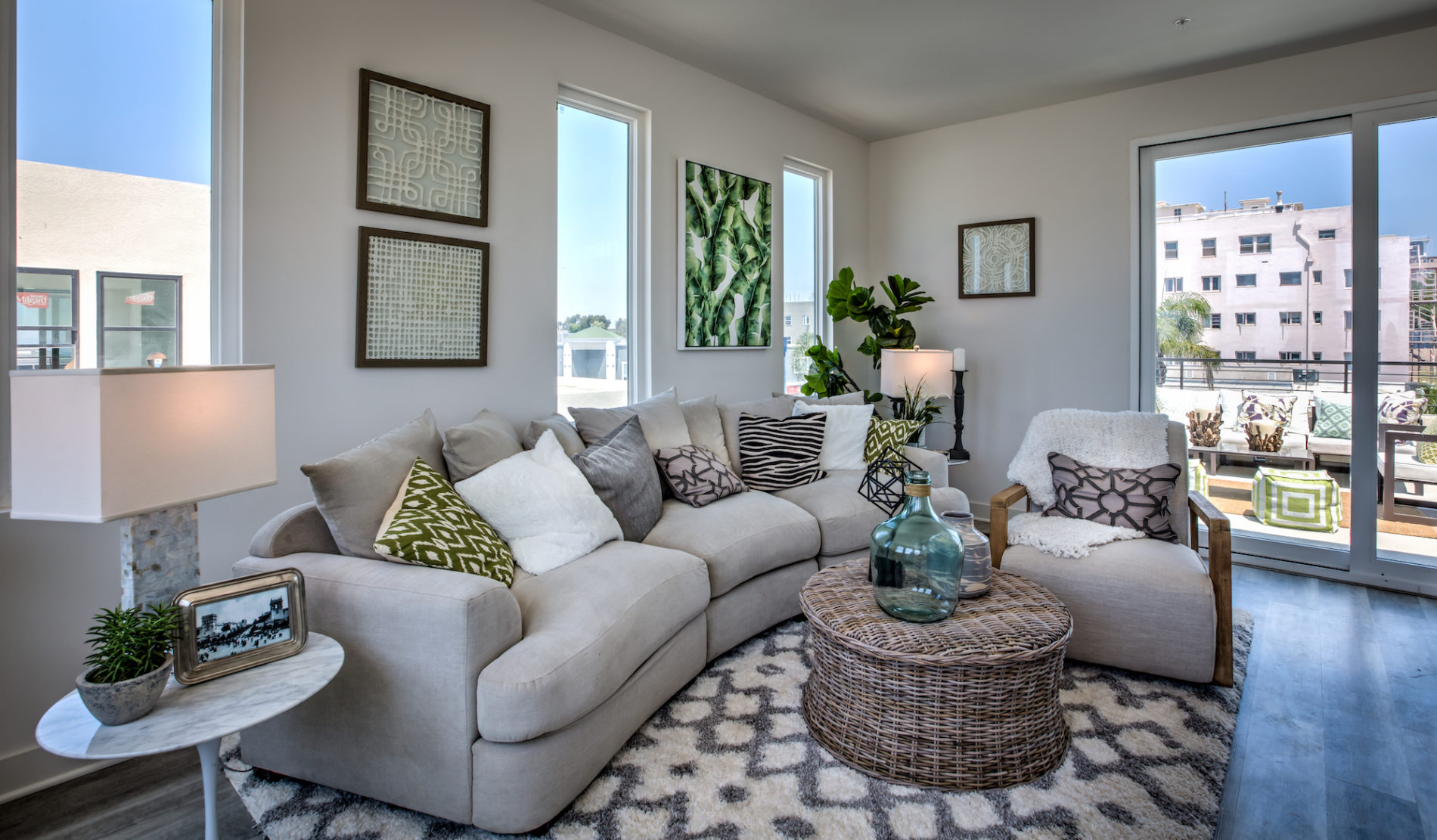 When it comes to designing a living room, it is important to consider the space available and how to use it efficiently.
Interior design principles for living rooms
involve creating a layout that allows for easy movement and functionality. One way to do this is by incorporating multi-functional furniture pieces, such as a coffee table with hidden storage or a sofa bed. This not only saves space but also adds versatility to the room. Another tip is to leave enough space between furniture to avoid a cluttered and cramped look.
Maximizing space
will not only make the living room more functional but also visually appealing.
When it comes to designing a living room, it is important to consider the space available and how to use it efficiently.
Interior design principles for living rooms
involve creating a layout that allows for easy movement and functionality. One way to do this is by incorporating multi-functional furniture pieces, such as a coffee table with hidden storage or a sofa bed. This not only saves space but also adds versatility to the room. Another tip is to leave enough space between furniture to avoid a cluttered and cramped look.
Maximizing space
will not only make the living room more functional but also visually appealing.
Choosing a Cohesive Color Scheme
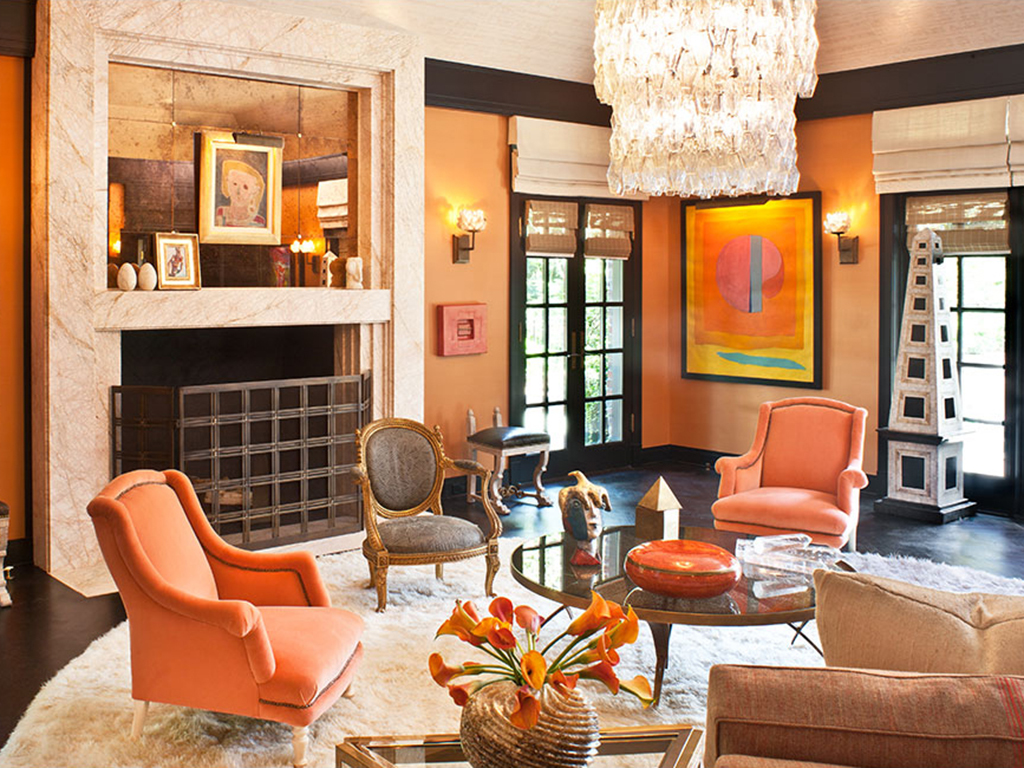 Color plays a crucial role in the overall look and feel of a living room. To create a cohesive design, it is important to choose a color scheme that ties the room together.
Interior designers
often use the
principle of the 60-30-10 rule
, where 60% of the room is one dominant color, 30% is a secondary color, and 10% is an accent color. This creates a balanced and harmonious look. Neutral colors such as white, beige, and gray are popular choices for the dominant color, while bold and vibrant hues can be used as accents to add interest to the room.
Playing with different shades and textures
within the color scheme can also add depth and dimension to the living room design.
Color plays a crucial role in the overall look and feel of a living room. To create a cohesive design, it is important to choose a color scheme that ties the room together.
Interior designers
often use the
principle of the 60-30-10 rule
, where 60% of the room is one dominant color, 30% is a secondary color, and 10% is an accent color. This creates a balanced and harmonious look. Neutral colors such as white, beige, and gray are popular choices for the dominant color, while bold and vibrant hues can be used as accents to add interest to the room.
Playing with different shades and textures
within the color scheme can also add depth and dimension to the living room design.
Adding Layers and Textures
 Incorporating different
layers and textures
is another important aspect of
interior design for living rooms
. This can be achieved through the use of different fabrics, materials, and patterns. For example, a plush rug, cozy throw pillows, and a mix of leather and fabric furniture can add warmth and texture to the room. Mixing and matching different elements can add visual interest and create a more inviting atmosphere. It is important to strike a balance and not go overboard with too many textures, as it can create a cluttered look.
Incorporating different
layers and textures
is another important aspect of
interior design for living rooms
. This can be achieved through the use of different fabrics, materials, and patterns. For example, a plush rug, cozy throw pillows, and a mix of leather and fabric furniture can add warmth and texture to the room. Mixing and matching different elements can add visual interest and create a more inviting atmosphere. It is important to strike a balance and not go overboard with too many textures, as it can create a cluttered look.
Focusing on Lighting
 Lighting is a crucial element in
interior design
and can greatly impact the look and feel of a living room. Natural light is always the best option, so
arranging furniture
in a way that allows for plenty of natural light to enter the room is important.
Adding layers of lighting
with various sources such as overhead lights, floor lamps, and table lamps can create a warm and inviting ambiance. It is also important to consider the functionality of the room and have task lighting for activities such as reading or watching television.
In conclusion, creating a functional and stylish living room design involves utilizing space efficiently, choosing a cohesive color scheme, adding layers and textures, and focusing on lighting. By incorporating these
interior design principles
, you can transform your living room into a cozy and inviting space that reflects your personal style and meets your needs. Remember to also have fun and play with different elements to create a unique and personalized living room design.
Lighting is a crucial element in
interior design
and can greatly impact the look and feel of a living room. Natural light is always the best option, so
arranging furniture
in a way that allows for plenty of natural light to enter the room is important.
Adding layers of lighting
with various sources such as overhead lights, floor lamps, and table lamps can create a warm and inviting ambiance. It is also important to consider the functionality of the room and have task lighting for activities such as reading or watching television.
In conclusion, creating a functional and stylish living room design involves utilizing space efficiently, choosing a cohesive color scheme, adding layers and textures, and focusing on lighting. By incorporating these
interior design principles
, you can transform your living room into a cozy and inviting space that reflects your personal style and meets your needs. Remember to also have fun and play with different elements to create a unique and personalized living room design.

























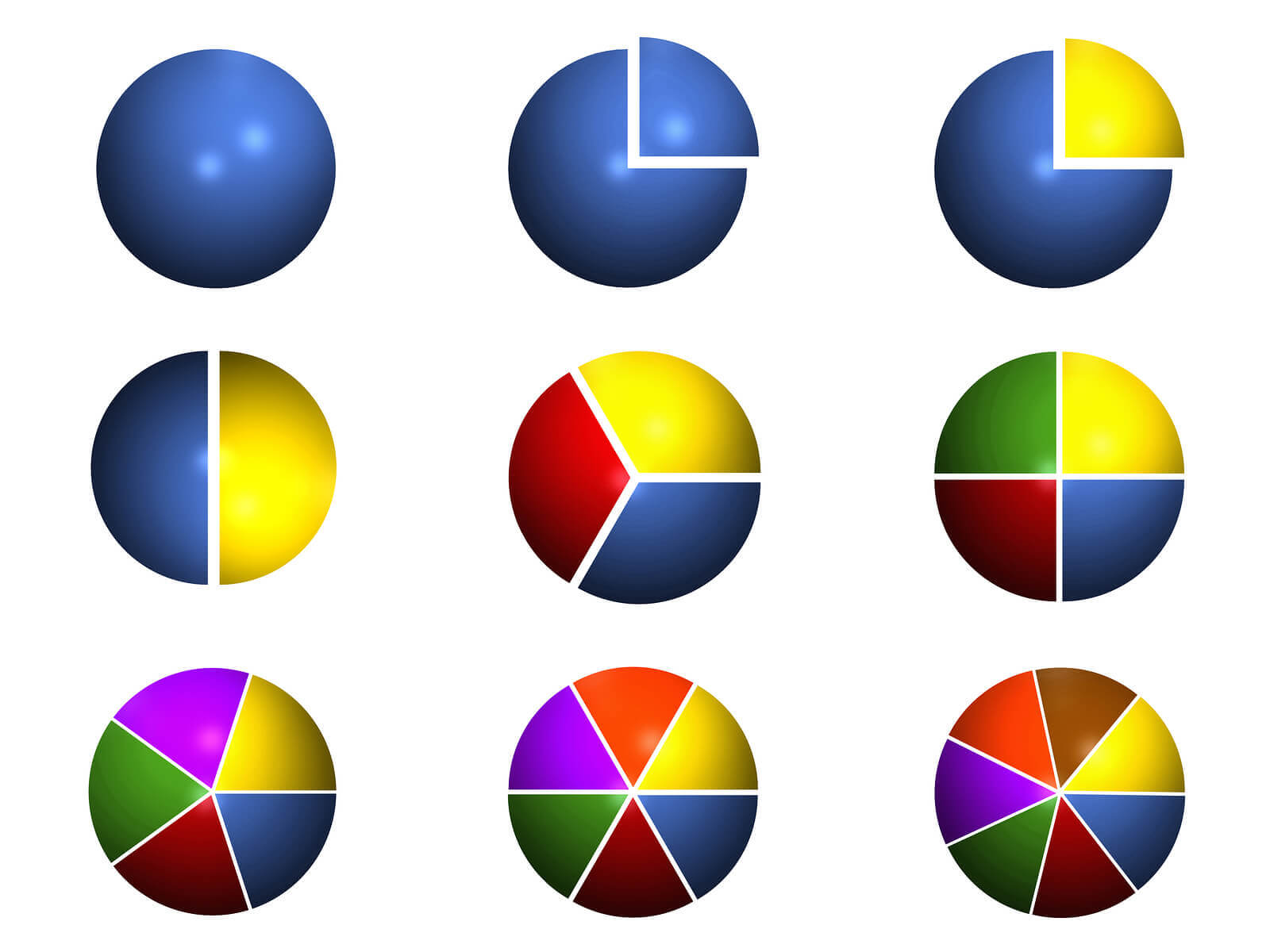


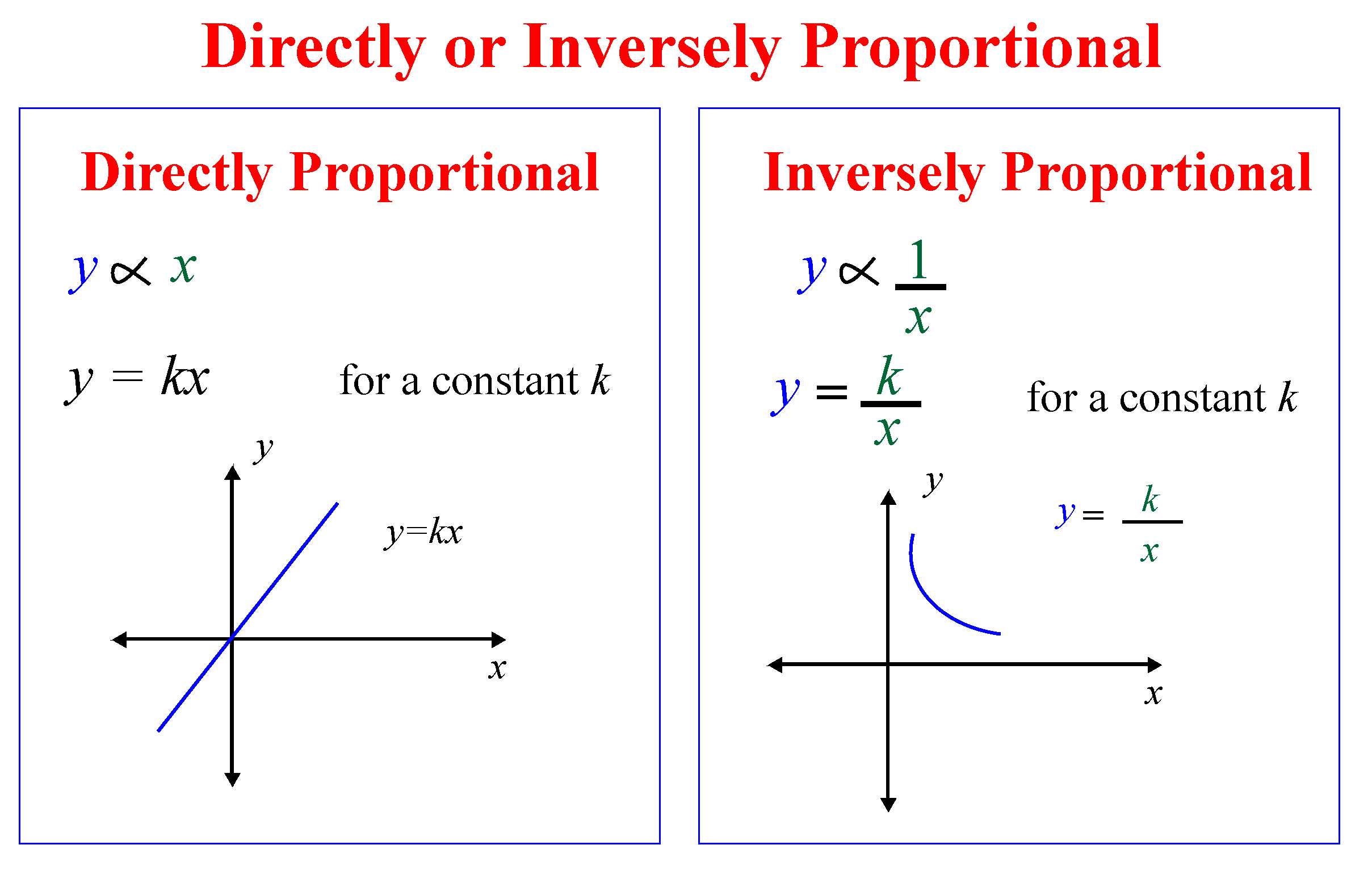
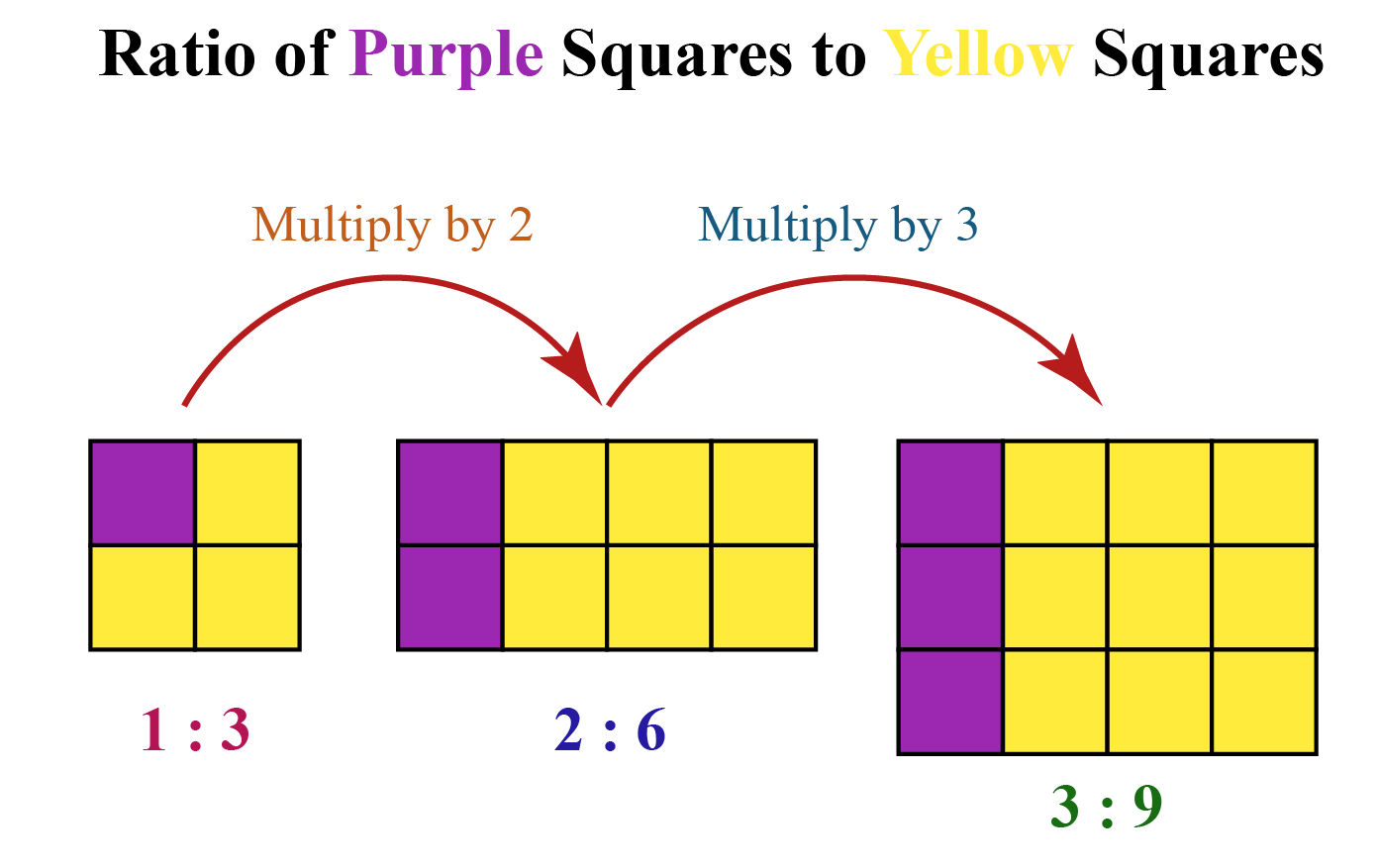



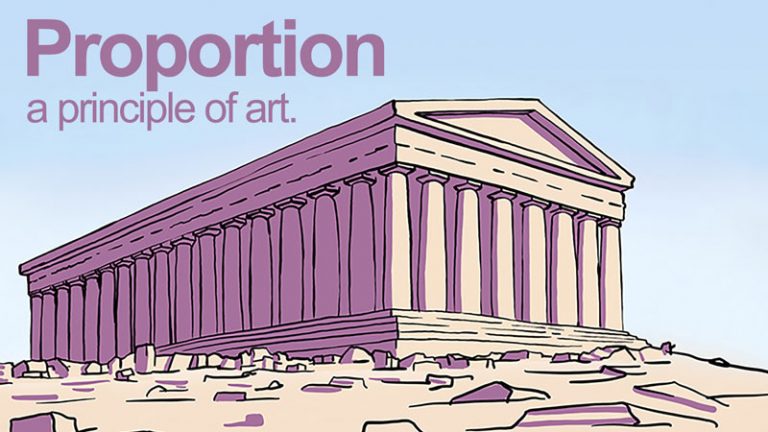



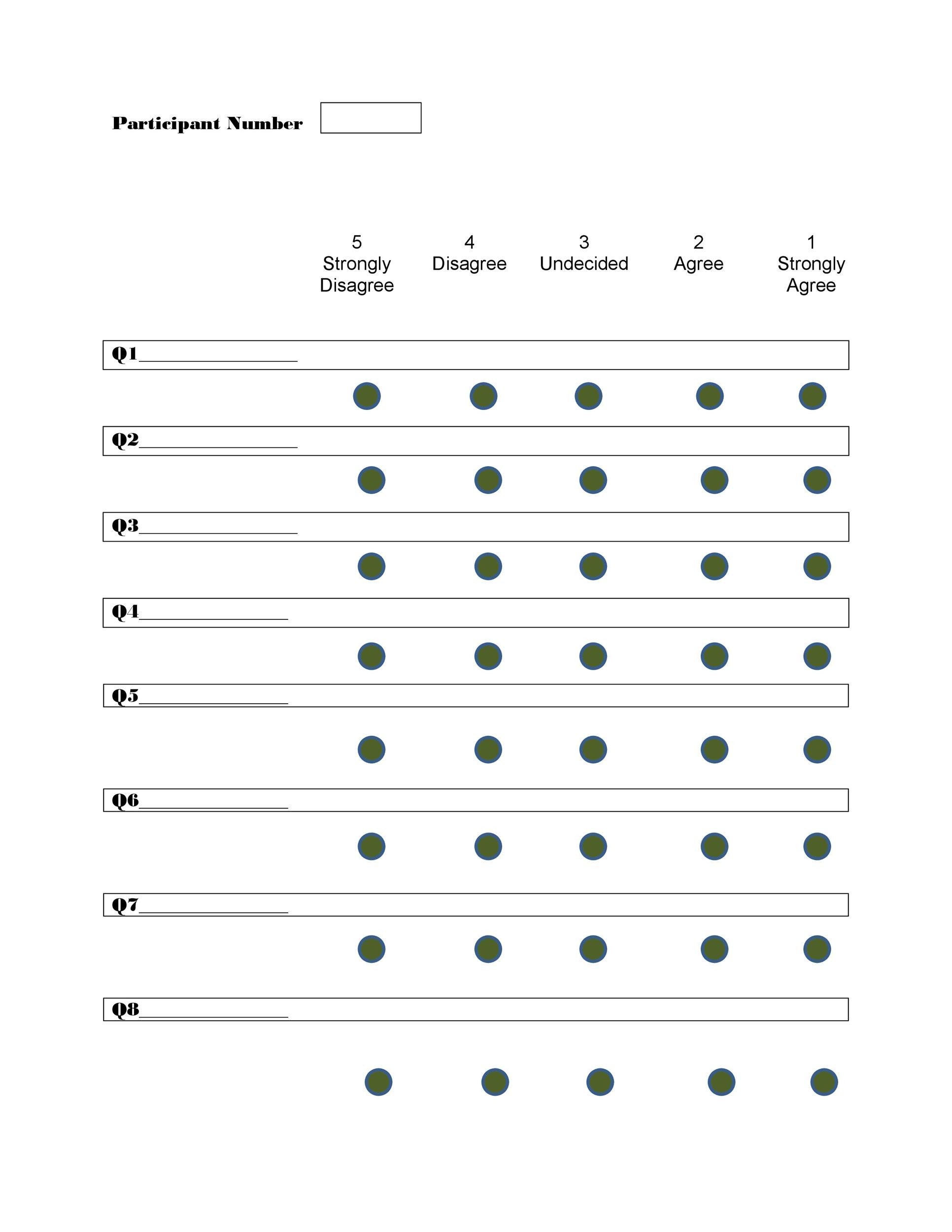









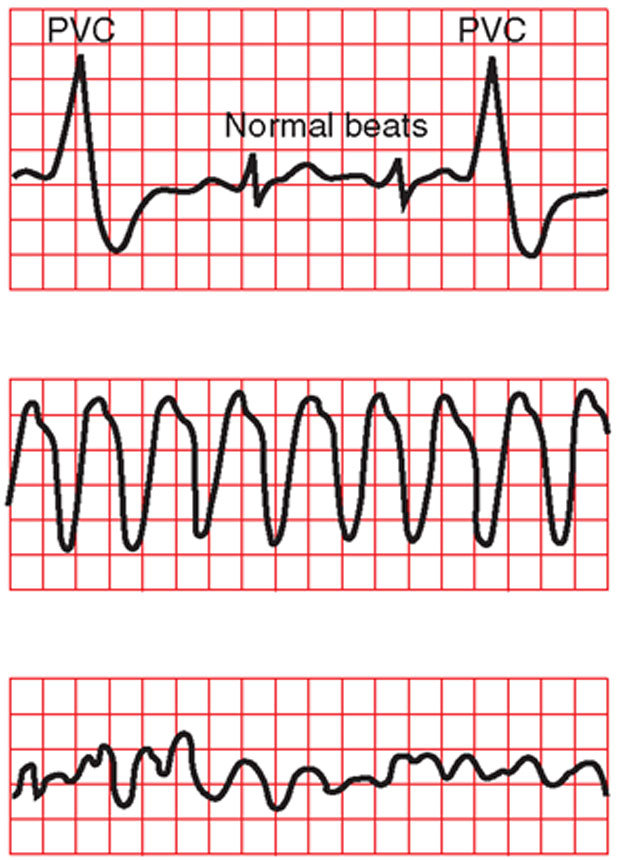





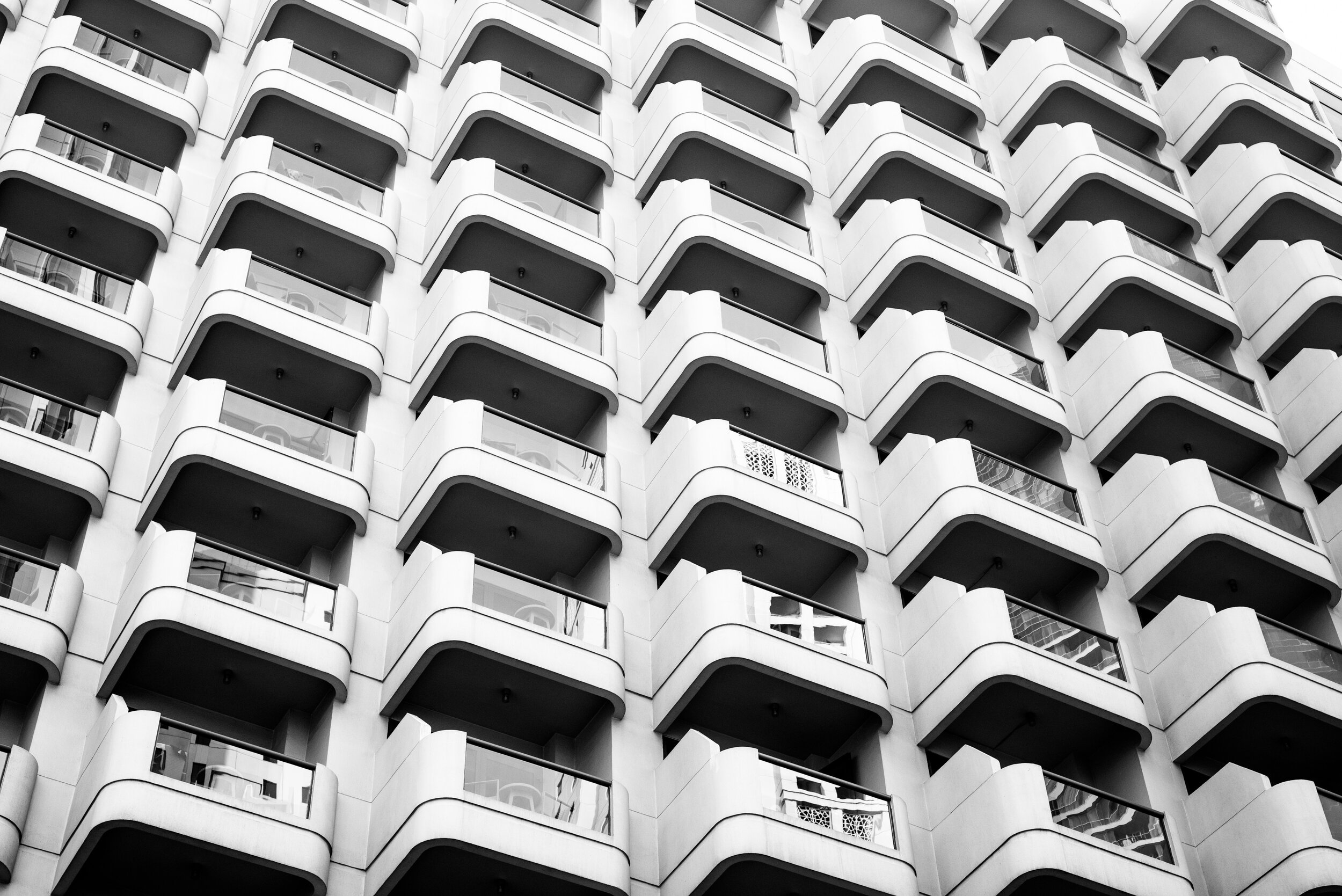




/Getty_Emphasis-167532036-56afa5cc3df78cf772c714d1.jpg)
/103860482-56a03d613df78cafdaa09dc5.jpg)





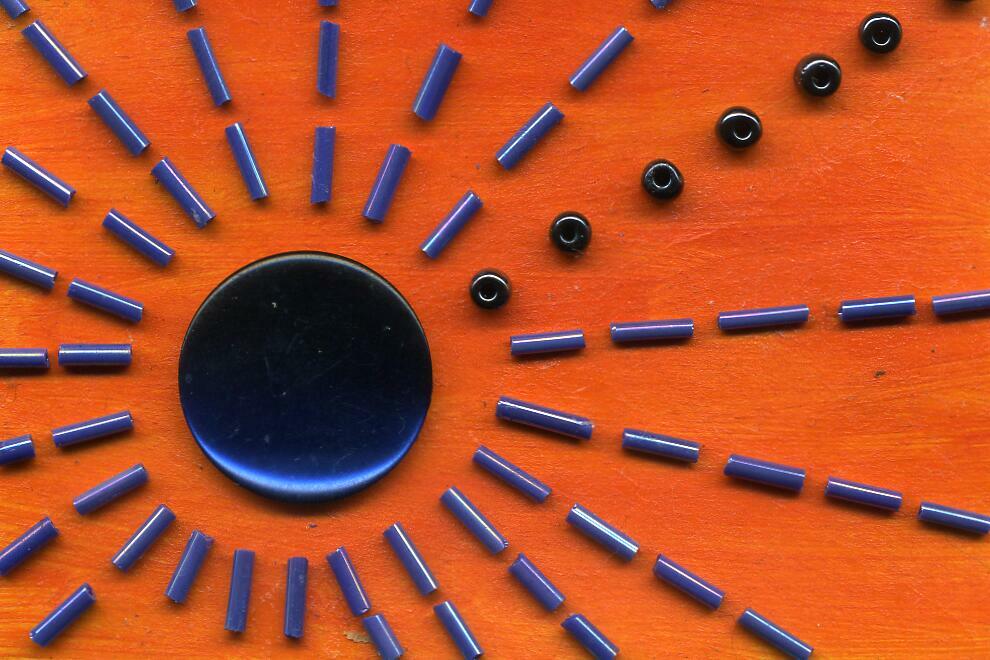











/170063121-56a03d603df78cafdaa09dc2.jpg)





















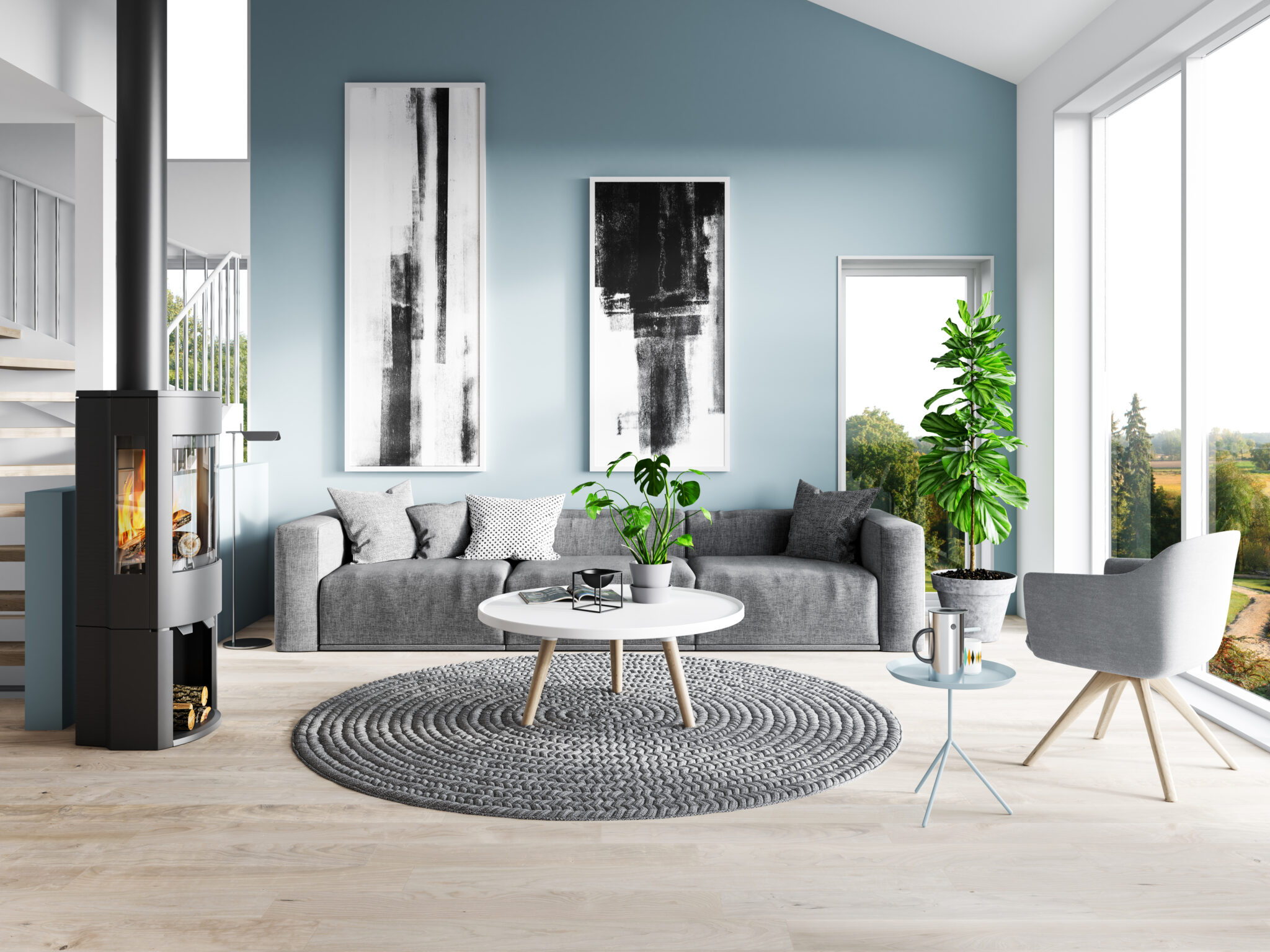







/182786404-56a9f6725f9b58b7d00038e0.jpg)





:max_bytes(150000):strip_icc()/Living-room-with-multiple-ceiling-lights-58c44f913df78c353ca59491.png)

